Ever had a carpet’s color fade or a photograph lose its luster? Chances are you couldn’t pinpoint when it happened or why, but if it was in the direct line of sunlight, the culprit was probably ultraviolet (UV) energy.
The sun’s harmful effects on our skin have been well documented (you are wearing sunscreen when necessary, right?). But those same UV rays can also damage things in our home, says Darrell Smith, executive director of the International Window Film Association, a nonprofit trade organization. He says that’s because UV rays are very high-energy—and, of course, impossible for the human eye to see. “Over half of what’s coming into a window as sunlight is UV energy and infrared energy, but we only see the visible light,” says Smith.

Still, it’s not just the sun’s fault—the composition of our belongings can speed the process, says Smith. Many furnishings, for example, contain materials that are sensitive to certain wavelengths of energy, such as UV rays. “Focus those rays on a sofa long enough,” he says, “and the materials themselves, like fabrics, dyes and woods, become unstable and start to deteriorate.”
The good news? There are ways to fight back against UV exposure indoors. These strategies could help protect your stuff.
Window Films
Most UV damage inside a home is caused by sunlight, and Smith says that even a small amount of exposure to UV rays could cause problems. In fact, Smith says, UV rays are responsible for about 40 percent of all interior fading. Regular window glass does block some of it, according to Smith, but only about 25 percent. So one line of defense is adding a UV-blocking film to windows, which can provide up to 99.9 percent UV protection. Prices start around $4 per square foot, including installation; extra features, including glare reduction and solar heat blocking, can add up to $7 more per square foot.
Furniture & Fabrics
Rugs, curtains and fabric-covered furnishings can be especially susceptible to sunlight. “When shopping for new items,” says Smith, “consider that any amount of fading in lighter tones will be less noticeable than the same amount in darker tones.” Therefore, it may be best to look for lighter colors. Also look for synthetic blends, as cotton fabrics generally fade faster than nylon or polyester. For things you already own, consider UV-repelling sprays, which cost around $10 to $15 per can and may help safeguard pieces from some sun damage, says Smith. The sooner you treat an item, the better. “Once fading has begun, it will continue, but protection may help slow the future rate of fade,” he says.
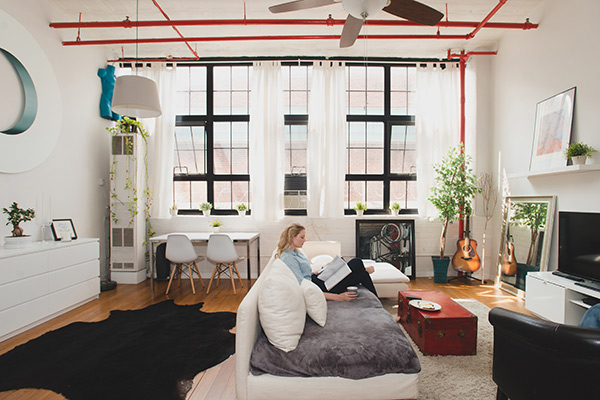 Flooring Protection
Flooring Protection
A hardwood floor, one of the more expensive elements in a home, can be very sensitive to sunlight. If you’re worried about fading, consider treating floors with pigment-based stains and finishes with UV inhibitors in their formula. Installing new floors? While it’s the chemistry of a floor’s material that generally determines UV vulnerability, it can’t hurt to stick to a lighter color, recalling Smith’s warning that darker shades tend to fade faster.
Artwork & Photos
Whether it’s a custom oil painting, a framed vacation photo or a sketch by your child, the artwork in your home can be prone to fading, especially in a sunny space. For framed art, consider replacing the glass with museum-grade conservation glass or UV-blocking acrylic (a less pricey alternative). Treat artwork on canvas with archival protection sprays, which run about $15 per can.
While UV blockers can help protect your furniture and floors from the sun’s harmful rays, make sure the home itself is protected from things like fire, weather or theft with affordable homeowners insurance through the GEICO Insurance Agency.
Next article: 4 Home Improvements That Only Look Expensive

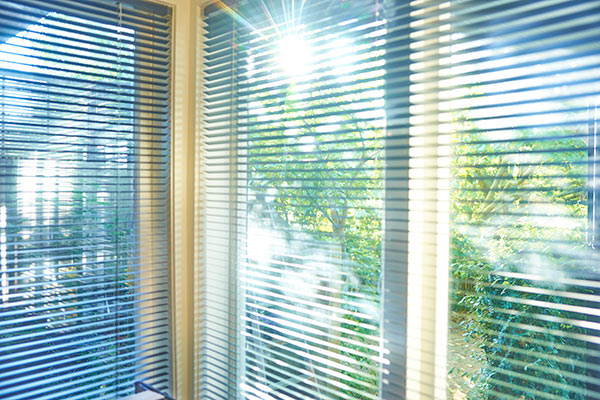


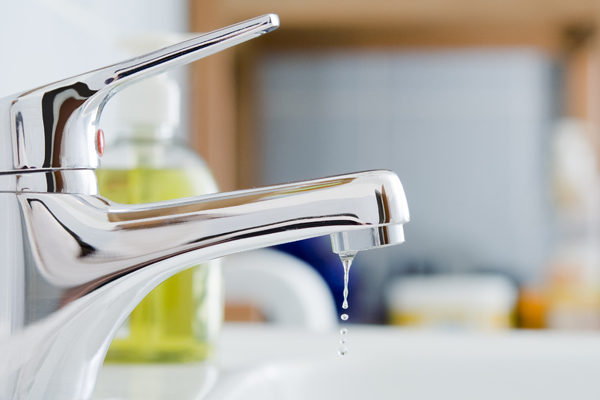
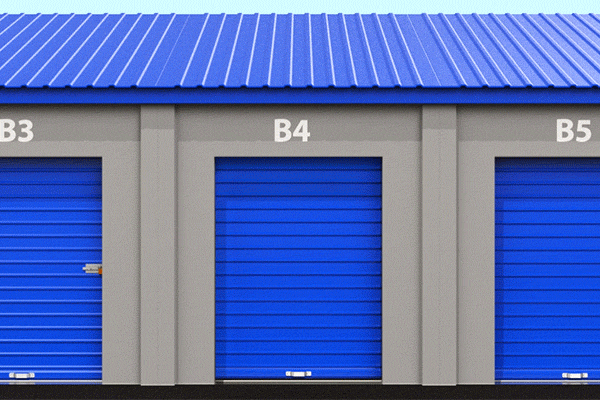
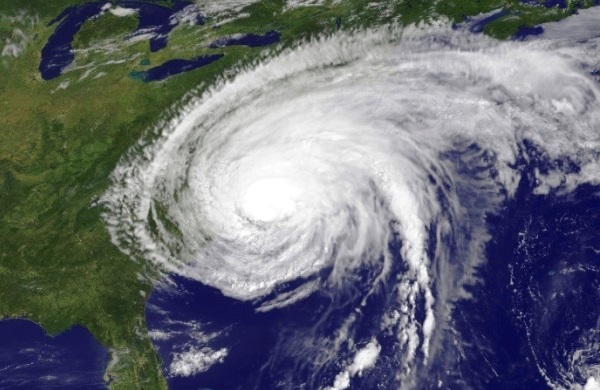
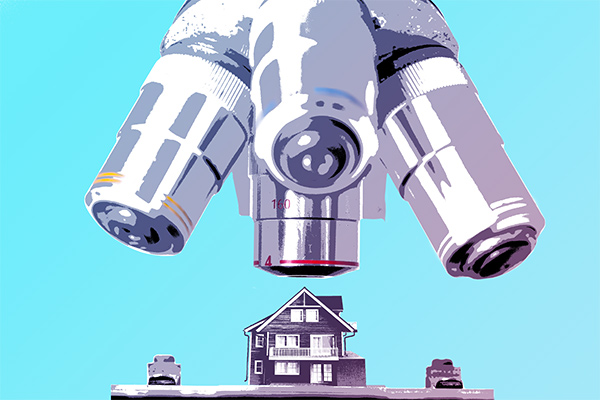
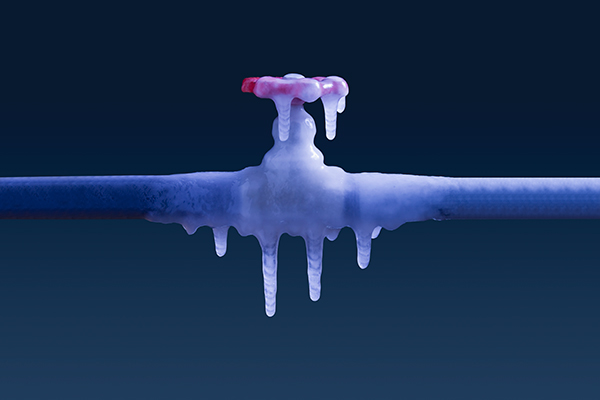
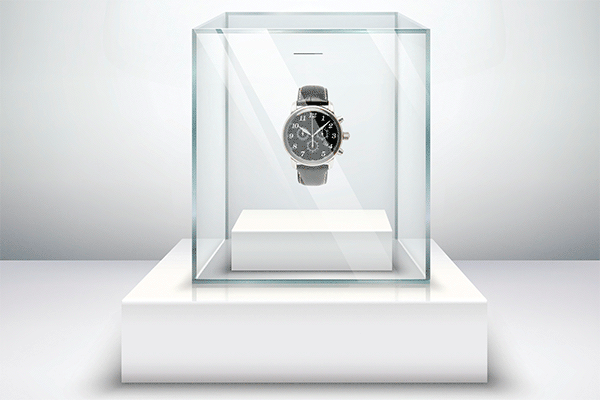
Leave a comment